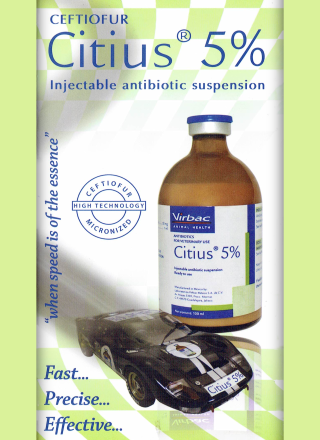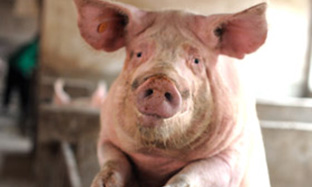
Swine Respiratory Disease
Prevention of Respiratory Disease in Suckling Piglets
Prevention of Respiratory Diseases in Suckling Piglets
Marvin V. Pangilinan, DVM
Respiratory diseases in pigs are major concerns to the animal industry worldwide. The wide range of causative agents, both viral and bacterial, are complex in their actions with diagnosis, treatment, and prevention of individual disorders requiring professional attention.
The most important primary pathogenic causes of respiratory diseases1 are Mycoplasma hyopneumoniae, porcine reproductive and respiratory syndrome virus, pseudorabies virus, and swine influenza virus. Secondary bacterial infections2 caused by Actinobacillus pleuropneumoniae, Hemophilus parasuis, Pasteurella multocida, Streptococcus suis, and others invariably make the infections more severe. It is also equally important for producers to realize the effects that their management strategies have on the prevalence of respiratory diseases. Strict attention to environmental conditions is increasingly being emphasized as an essential aspect of the disease. Because of the huge economic losses that could result from respiratory infections, it is also imperative that disease preventive measures are in place, especially in farms where the disease occurs relatively early in the suckling and weanling stages. The antibiotic sensitivity of the infectious agents should be taken into consideration when selecting the appropriate program to adopt.
Ceftiofur3, developed exclusively for use in animals, is categorized as a third-generation, broad-spectrum cephalosporin. Ceftiofur has demonstrated high in vitro activity against bacterial pathogens associated with respiratory diseases, including Pasteurella spp., Actinobacillus spp., Streptococcus spp., Haemophilus spp., and Salmonella choleraesuis. As for drug residues in the edible tissues of food animals, evidence indicates that ceftiofur is safe because of its low toxicity. For most indications, it has a zero-day slaughter withholding interval, where it has been demonstrated that drug residues are relatively low, even shortly after administration.
Here is the suggested use of Ceftiofur (Citius 5%) for the prevention of respiratory diseases in suckling piglets1. Citius 5% Program4; Day of Processing (~Day 1 of age); Day of Castration (~Day 10-14 of age, female piglets also included in the medication) and Day 21 of age (In case that the farm have high cases of suckling pneumonia).
Strictly abiding with the suggested program gives you the assurance that your precious piglets are fully protected.
References:
1,2 Susan L. Brockmeier, et al. Porcine Respiratory Disease Complex, Polymicrobial Diseases.
3Citius 5%, Product insert, Virbac Philippines, Inc.
4Suggested herd health program and routine protocols using Virbac products: Virbac Philippines, Inc.


